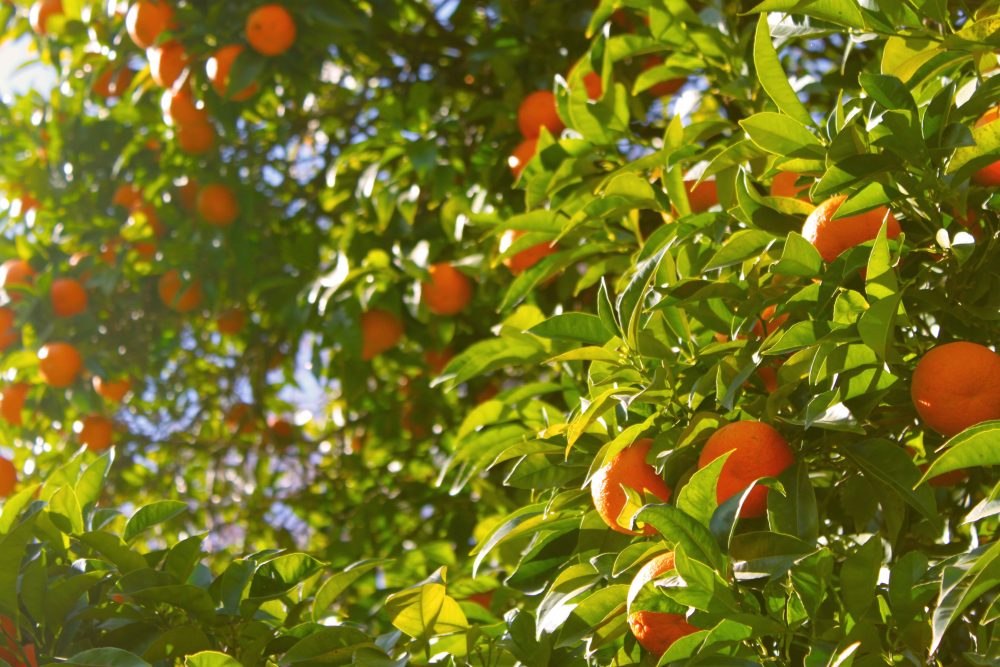“Dirty Dozen” List Coverage Drops to All-Time Low
From: SafefruitsandVeggies.com
The authors of the so-called “Dirty Dozen” list made a serious miscalculation with the release of this list during the pandemic. If the authors thought they could capitalize on escalating food safety fears among consumers as a means to gain increased attention and coverage for their list, they were seriously wrong.
Upon learning of the pending release, the Alliance for Food and Farming (AFF) used its consumer-facing outreach tools to communicate that this list is not only scientifically unsupportable, but hurts consumers because it’s fear-based messaging may be discouraging the purchase of any produce – organic or conventionally grown. We also posted an open letter asking the list authors to put the needs of consumers first and cancel the list release. While we always aggressively defend the safety of all produce, this year the AFF was even more strident because it was so important to reassure consumers about produce safety under these unprecedented circumstances.
And we had some crucial help. Among the AFF’s biggest advantages in recent years has been our involvement with the dietitian/nutrition community. We alerted this audience immediately upon learning about the list release, shared our messaging and reminded them about the safety information and resources available at safefruitsandveggies.com.
Their reaction to the list release was not just frustration, but outrage that a group would promote unwarranted safety fears of these healthy, immune-boosting foods during this pandemic. They took over social media conversations, advanced AFF messaging, linked to our website information, wrote blogs and articles and conducted media interviews effectively chasing and shaming the list authors from their own dialogue and promotion.
The result of all outreach efforts was that mainstream media coverage declined by a staggering 70% from the previous year. This drop is even more significant when you consider that we had already seen a consistent downward trend of coverage over time. And, for the first time, total media coverage carrying AFF messaging exclusively outpaced stories featuring one-sided content from the list authors.
But despite the results from AFF campaign efforts, our work must continue. In an AFF survey of dietitians and nutritionists, 94% agreed that fear based messaging, like the “dirty dozen” list, is having a negative impact on their ability to increase produce consumption among their clients and consumers.
This “fear barrier” could go away quickly if groups and organizations would stop disparaging the more affordable and accessible forms of produce to advance one production method over another. And if we join together to support consumer choice whether they prefer to purchase organic and/or conventionally grown fruits and vegetables since both forms are healthy and safe. This change would be a win for consumers and a win for public health.













